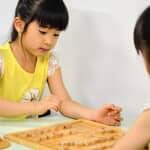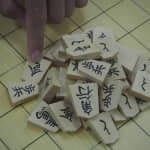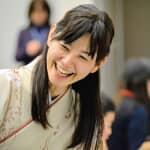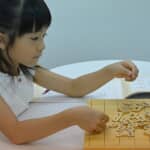Shogi 24 January 2017
Behind the Scenes on the Previous Day of the Meijin Title Match
One Chinese character represents thoughts of the top of the Shogi world
“Heart” and “Road”
Yoshiharu Habu, Meijin, and Amahiko Sato, the 8th Dan (A kind of ranks given to relatively high-ranked players). These two players who fought on the third Kyoku of the 74th Shogi Meijin Title Match respectively wrote one Chinese character on the wooden board (below in the picture).
On the previous day of title matches such as the Meijin Title Match, Shogi players personally wrote their favorite word on the Shogi board, pieces or other tools with a calligraphy brush. This activity is called “Kigou (traditional brush calligraphy written by a professional player).”
In some cases, Japan Shogi Association prepares a board and pieces for the title match. However, generally, local people living in the region of the title match venue bring good tools suitable for the match. Then, as a memory of the match, the top players write something on the tools. I bet those tools will be a lifetime treasure.
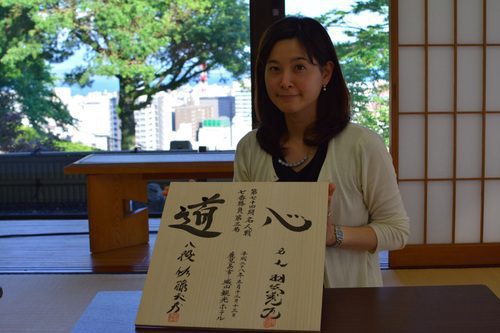
The two players are really excellent calligraphers.
There are no certain rules about characters for Kigou. Players usually make their own rules and select suitable characters for the situations.
Habu-san chose “Kokoro (heart)” and Sato-san wrote “Michi (road).” I wonder what message they wished to imbue into these characters. They stimulate our imagination, don’t they?
In addition to a Chinese character, the name of the title match and venue are also written on Shogi board and pieces.
Under the player’s signature, his/her original seal is also stamped.
In my case, my master made an original seal for me.
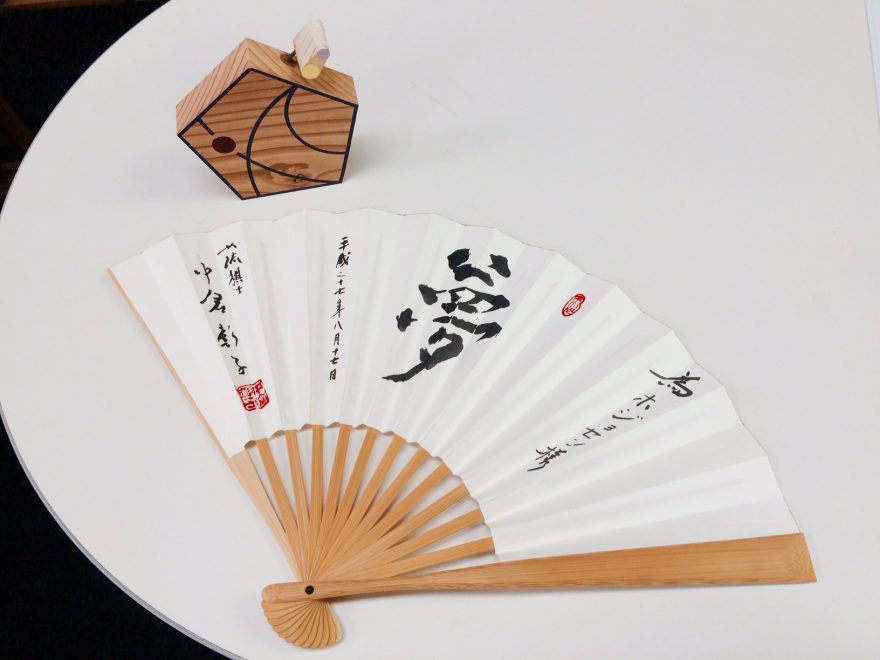
A peculiar type of tension is emitted from the venue of the Meijin Title Match
On the previous day of the title match, a preliminary inspection called “Taikyoku Kenbun” is also implemented. Two players and an observer assess the title match site. “Kigou” activity is a part of this “Taikyoku Kenbun”.
As you may already know, Shogi title match is held at various sites all over Japan. Thus, players need to check noise, lighting and so forth at each venue to concentrate in the game.
Serious figures of the two players surely generate peculiar tension, but I also feel that the air in the venues which go through such a preliminary inspection could be another factor of the tensed atmosphere.
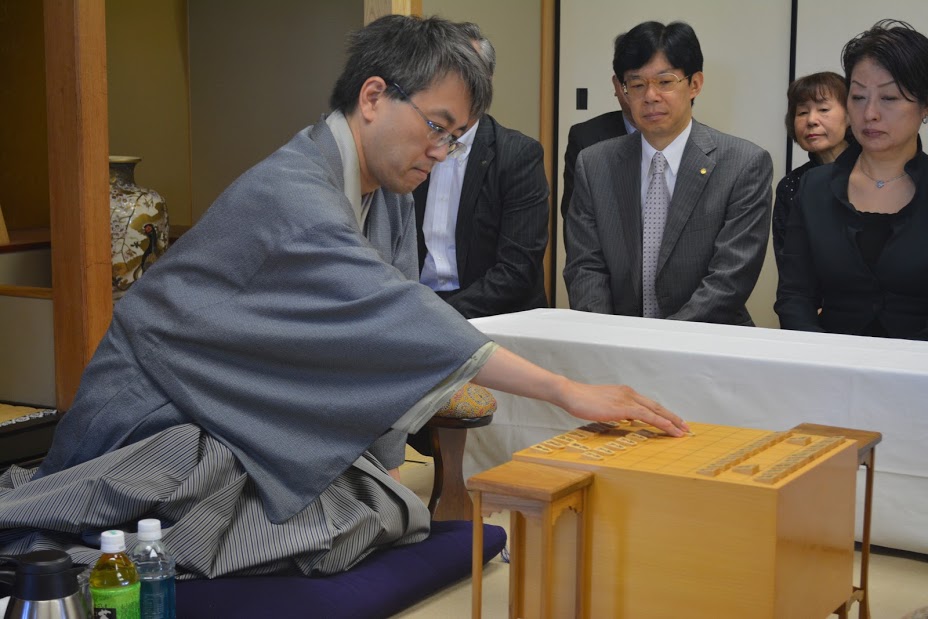
Gatherings for the top players and their fans in the region
Following the inspection, a social gathering called “Zenyasai” is also held. (It was called “gathering with the players” for the third Kyoku of the 74th Shogi Meijin Title Match, though.) It is an event where players and Shogi fans of the region can socialize on the eve of the title match.
Below is my personal comment as a Shogi fan.
The Meijin Title Match is like a showdown battle of Shogi world. Therefore, two players facing the board of the title match are heroes we admire.
The most attractive part of the match is surely how these two players fight for the big title.
Yet, I think the eve of the title match is also enjoyable for fans, since it is a rare opportunity to socialize the top players in person. It could be an unforgettable memory of a lifetime.
Shogi player population has decreased compared to that of a golden age.
However, I bet such social gatherings with fans encourage top players to permeate the charm of Shogi into the world.
Sato, New Meijin, galvanized the world of Shogi
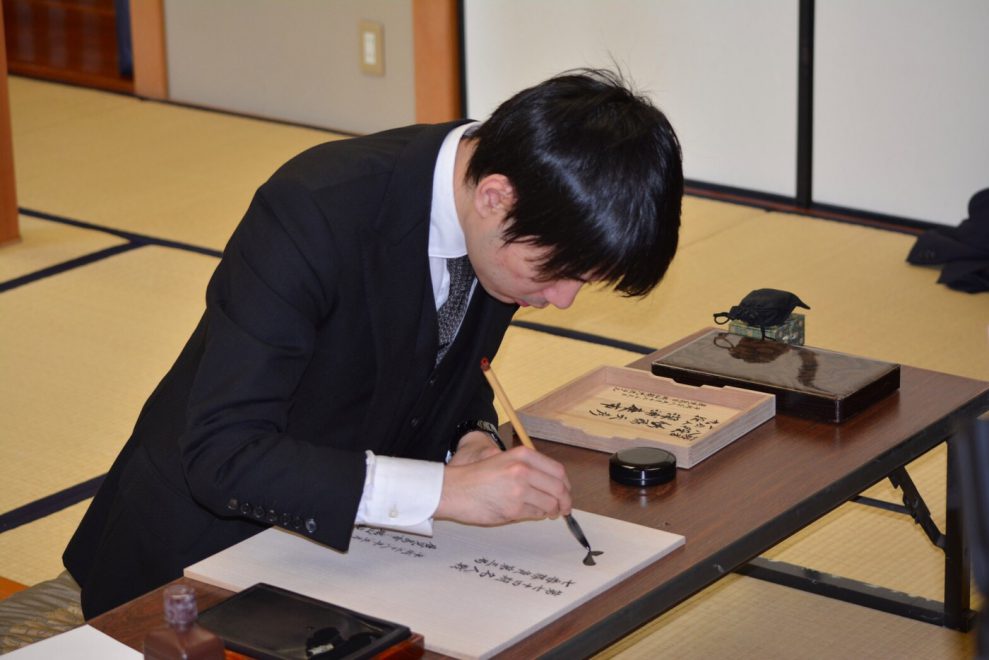
Finally, the 74th Meijin Title Match concluded the other day. Sato, the 8th Dan beat Habu, Meijin. This was the birth of new Meijin, Sato.
The board and pieces we purchased were the memorable tools with that Meijin Sato won the title for the first time.
We will use these memorable tools for children to learn Shogi.
